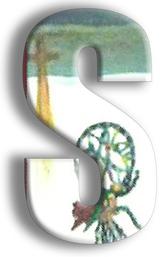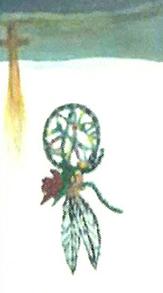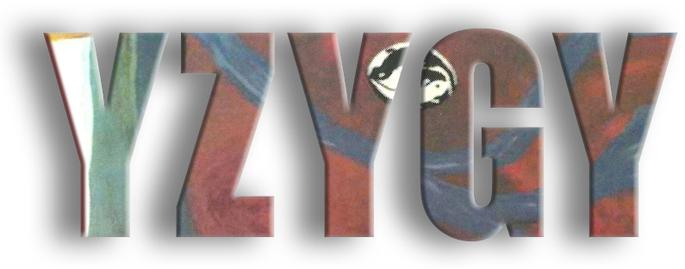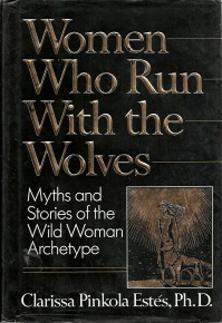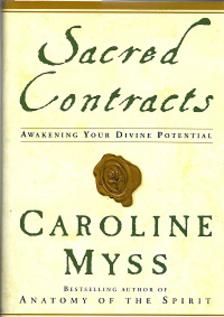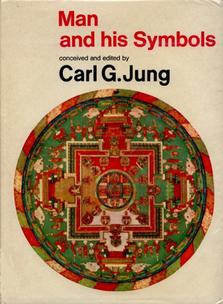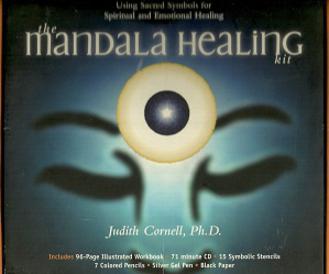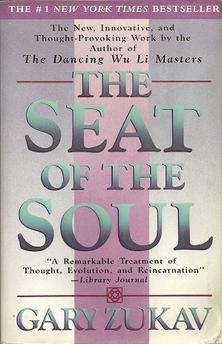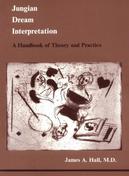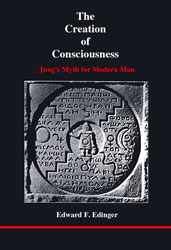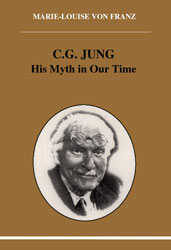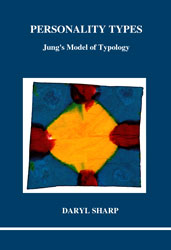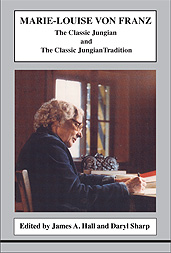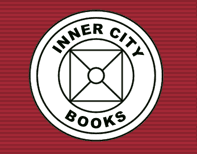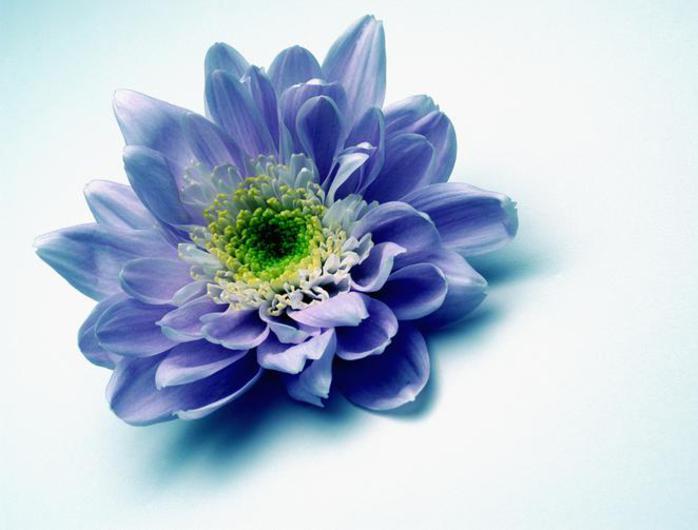MEMOIR LOGO CONCEPT: The aleph and a Sufi mystic inspired my creation and design of the syzygy logo, which I initially based on the symbolism of the yin and yang.
But the concept expanded when I first saw the aleph in Judith Cornell’s
Mandala Healing Kit, My inexplicable attraction to it led me to incorporate it into my logo before I knew what it meant.
I later read that the “Aleph (the first letter of the sacred Hebrew alphabet) embodies the primordial, divine potential of the universe. ... Aleph contains all the universe’s potential and all of its emptiness simultaneously. Aleph represents a dynamic process of movement from unity to diversity and back to unity,” Jennifer Judelsohn, Songs of Creation.
And the mystic poet Rumi inspired me to use the fire and water concept after I read The Question. Here is an excerpt:
“The presence is there in front of me. A fire on the left, a lovely stream on the right.
One group walks toward the fire, into the fire. Another toward the sweet flowing water.
No one knows which are blessed and which are not.
Whoever walks into the fire appears suddenly in the stream.
A head goes under water, and that head pokes out of the fire.”
LOGO ART: Cropped fire and water images from Free Images.
LOTUS LOGO: In spiritual and religious literature, “the lotus is a symbol for the macrocosm and the microcosm, the universe and man. The lotus represents the divinity of the cosmos as well as the divinity of man.
The lotus is the center of the infinite, omnipresent consciousness which connects with the consciousness of the universe. Through the intuition, one of man’s divine gifts, the spiritual student can see the infinite, omnipresent consciousness as the lotus flower within himself.”
LOTUS ART: Courtesy
Homestead, my website service provider. (Temporary art while I design of my own lotus logo.)
TO DOWNLOAD FREE SAMPLE CHAPTER OF SYZYGY:
THE MEMOIR
TO BUY MEMOIR
(Thru Amazon)
THE MEMOIR
CROSSING THE BRIDGE TO SELF
THE WEBSITE
THE MEMOIR
NEW!
Sources & resources add dimensions to journey
The following entries provide links to Internet resources to enhance your experience and to provide support and/or supplementary information.
Berg, Rabbi. Wheels of a Soul: Reincarnation. New York: The Kabbalah Learning Centre, 1995.
Buhler, Rich. Pain and Pretending: You Can Be Set Free from the Hurts of the Past. Nashville: T. Nelson Publishers (acquired by HarperCollins), 1988.
Conway, Jill Ker. When Memory Speaks: Reflections on Autobiography. New York: Alfred A. Knopf, 1998.
Edinger, Edward F. The Creation of Consciousness: Jung’s Myth for Modern Man. Toronto: Inner City Books, 1984.
Estés, Clarissa Pinkola. Women Who Run With the Wolves: Myths and Stories of the Wild Woman Archetype. New York: Ballantine, 1992.
Hall, James A. Jungian Dream Interpretation: A Handbook of Theory and Practice. Toronto: Inner City Books, 1983.
Jacobi, Jolande. Complex Archetype Symbol in the Psychology of C. G. Jung. Ralph Manheim, trans. Bollingen Series. New York: Princeton UP, 1959.
Keirsey, David. Please Understand Me II: Temperament, Character & Intelligence. Del Mar, CA: Prometheus Nemesis Book Company, 1998.
Keirsey, David, and Marilyn Bates. Please Understand Me: Character & Temperament Types. Del Mar, CA: Prometheus Nemesis Books. Copyright © 1978, David Keirsey & Marilyn Bates. Copyright © 1984 Gnosology
Books Ltd.
McCants, Glynis. Glynis Has Your Number: Discover What Life Has in Store for You Through the Power of Numerology! New York: Hyperion, 2005.
McKay, Matthew and Patrick Fanning. Kirk Johnson, ed. Self-Esteem, chap. 9, “Responding to Criticism,” subtitle, “The Myth of Reality: A TV Screen in Every Head,” p. 187. Saint Martin’s Paperbacks, New Harbinger Publications, 1987.
Mellin, Laurel. The Pathway: Follow the Road to Health and Happiness. New York: HarperCollins, 2003.
Moss, Robert. Conscious Dreaming: A Spiritual Path for Everyday Life. New York: Random House, 1996.
Myss, Caroline. Sacred Contracts: Awakening your Divine Potential. New York: Harmony Books, 2001.
———. Archetype Cards. Hay House, 2003.
Neuharth, Dan. If You Had Controlling Parents: How to Make Peace with Your Past and Take Your Place in the World. New York: HarperCollins, 1999.
Read, Sir Herbert, et al, eds. R. F. C. Hull, trans. Collected Works of C. G. Jung. Bollingen Series XX, v, 11. “A Psychological Approach to the Trinity.” New York, Princeton UP, 1969.
von Franz, Marie-Louise. The Classic Jungian and The Classic Jungian Tradition. Toronto, Inner City Books, 2008.
———. C. G. Jung: His Myth in Our Time. Toronto, Inner City Books, 1998.
Watts, Alan W. Myth and Ritual in Christianity. Boston: Beacon Press, 1968.
———. The Wisdom of Insecurity: A Message for an Age of Anxiety. New York: Vintage Books, 1951.
Whitmont, Edward C. The Symbolic Quest. New York: Princeton UP, 1978.
Wilhelm /Baynes (trans). The I Ching (or Book of Changes). Bollingen Series XIX, 1950, 1967. New Jersey: Princeton University Press, 1977. Out of print. Foreword by Carl Gustav Jung.
Woodman, Marion. Addiction to Perfection: The Still Unravished Bride. Toronto: Inner City Books, 1982.
———. Sitting by the Well: Bringing the Feminine to Consciousness through Language, Dreams, and Metaphor. Audio Series. Boulder, CO: Sounds True, 1998.
YouTube Videos Add Faces, Voices to the Written Word
Provided by ALARMclock
Produced by PBS. Shared by Todd W.
Marie-Louise von Franz in Conversation with Fraser Boa
Provided by Jean-Paul Opperman
Also access many more links to resources in Source Notes.
“If you think of God as the Dreamgiver—Jung calls it the Self . . . . for him the Self has the two energies, masculine and feminine, and it is the Divine that guides the dream process . . . keeps us in touch with our own path and therefore the path of the entire universe.”
“Mandala in Sanskrit means sacred circle. ... creating mandalas was [used] as a meditation device to awaken to one's true immortal Self by redirecting the outflowing creative energies of the spiritual seeker inward and upward through the spine and toward the center of the "mandala light," or what is known as the spiritual eye.”
Marion Woodman
Judith Cornell
CHECK OUT ICB
Inner City Books strives to keep the ideas and applications of Jungian psychology accessible so that you and I might enjoy the opportunity of exploring the great works of Carl Jung, Marie-Louise von Franz, Marion Woodman, James A. Hall, Edward F. Edinger, and Daryl Sharp, to name just a few.
© 1955–2015 Syzygy: Crossing the Bridge to Self. All Rights Reserved.
